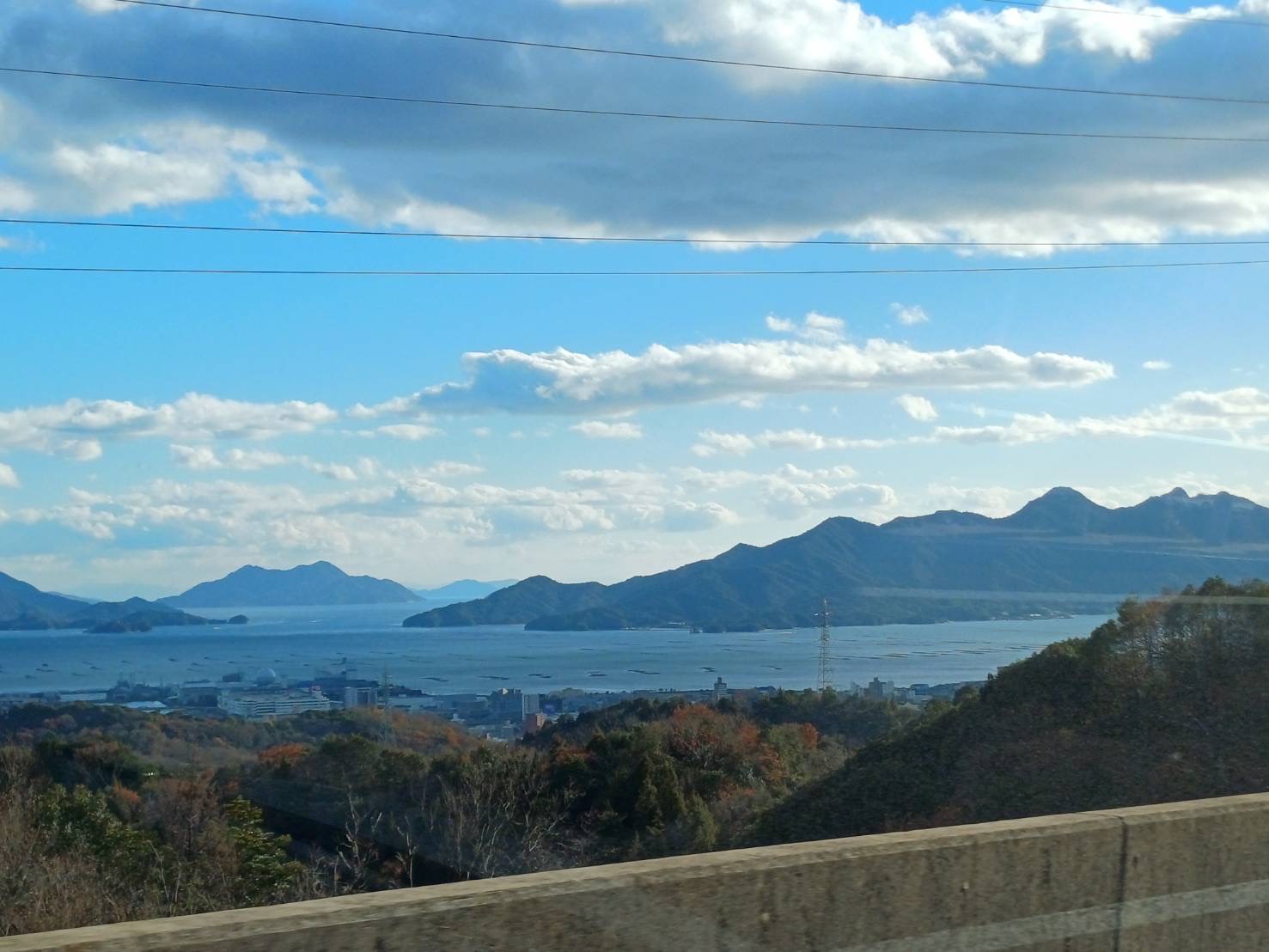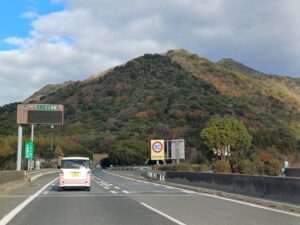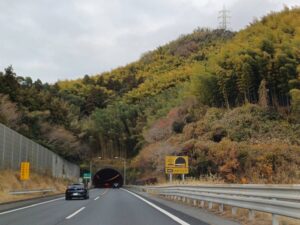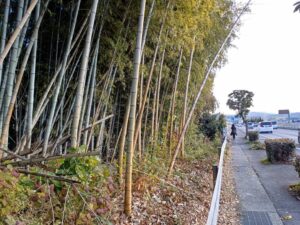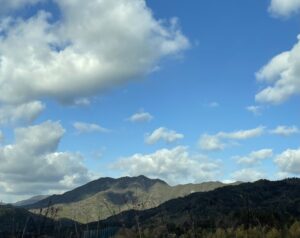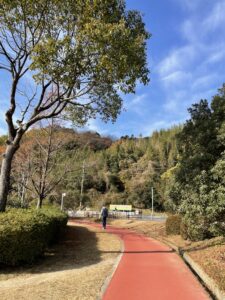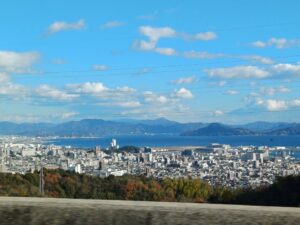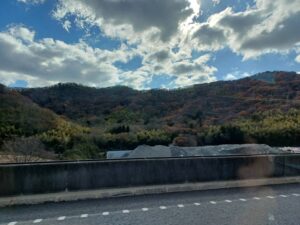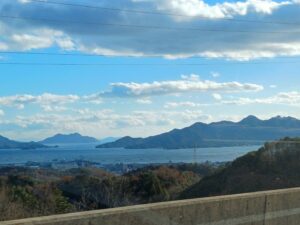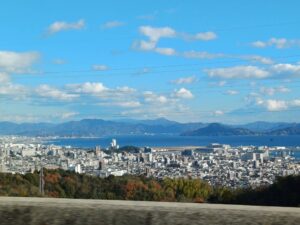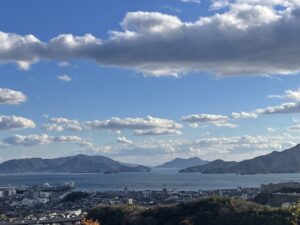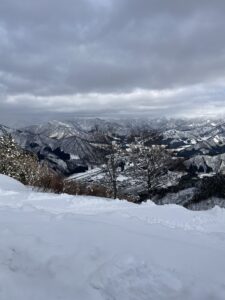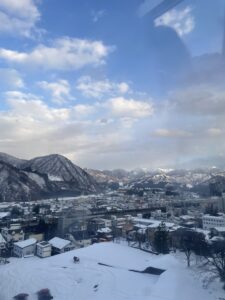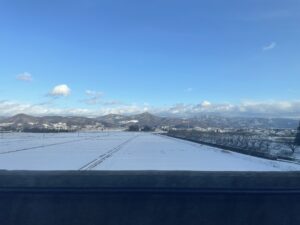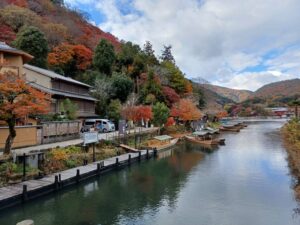JAPAN’S TERRAIN
03.01.2025
Rob had a slight temperature and cough last night, so we decided to have a recovery day in terms of the blog.
I thought it would be a great opportunity to tell you a bit about Japan’s terrain. A lot of people think of Japan as modern and full of skyscrapers, however, that’s just a very small part of it. I often say that if tourists visited Australia and only explored the Melbourne and Sydney CBDs, they would probably think the same. Japan’s terrain is incredibly diverse, marked by mountainous regions, deep valleys, and coastal plains. About 73% of Japan’s land area is mountainous, which is a defining feature of its geography.
Japan’s diverse topography influences its weather patterns, with heavy snowfall in the mountainous regions during winter, especially in areas like the Japan Alps and the Niigata Prefecture. The Japanese Alps are often referred to as the “spine of Japan” due to their central location and dramatic, rugged terrain that stretches across the heart of Honshu, the main island of Japan. These mountains divide the country into distinct eastern and western regions and play a crucial role in shaping Japan’s climate, culture, and geography. I have included an image of the Japanese alps for you.
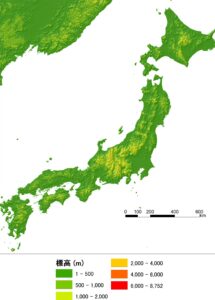
You might have noticed every time we do some sort of road trip on a tollway, or in a Shinkansen there are heaps of photos of mountains. It would be almost impossible to go anywhere in Japan’s countryside or even in most towns and not be able to see mountains. Even a small town like Shunan has mountains everywhere and they are covered with trees, bushes and bamboo and look fantastic.
Japan is also surrounded by islands, which, in most cases, are just small peaks poking out of the sea. At last count, Japan has14,125 islands of which 430 are inhabited. Most of these islands are there as a result of volcanic eruptions. Unlike Australia, which is the oldest continent with erosion making most of our mountains rounded at the summit, Japan has mountains that have sharper peaks as erosion has not had as much time to smooth out the peaks. Japan’s mountains have majestic peaks and there are still active volcanoes.
Once Rob feels better, we are planning to explore more of the countryside, including small islands and possibly volcanos.
Rob has a little more time to study Japanese while he has not been feeling the best. I’ll let him explain what he is doing at the moment.
Hi everyone. Yes, I am spending time improving my Japanese but following a normal conversation is still difficult.
Today I started going through a dictionary of basic words to see how many words I actually know. At the moment I am only looking at the Japanese words that I recognise and then check with the English interpretation. I have only just started this tonight and am up to the letter “I” in English. I’m still a bit tired from having the cold and so I will quit here and what better word to finish on than this one. See if you can work out what it means, ‘Aisukurimu’.
HINT: I know this word very well!!
